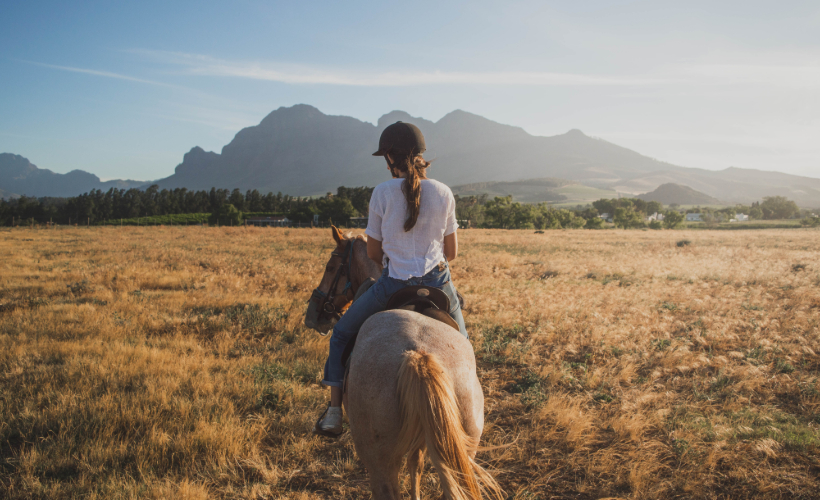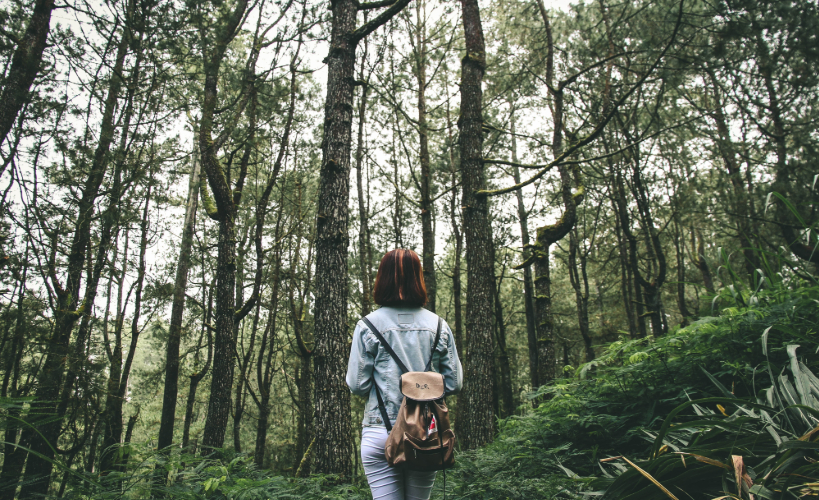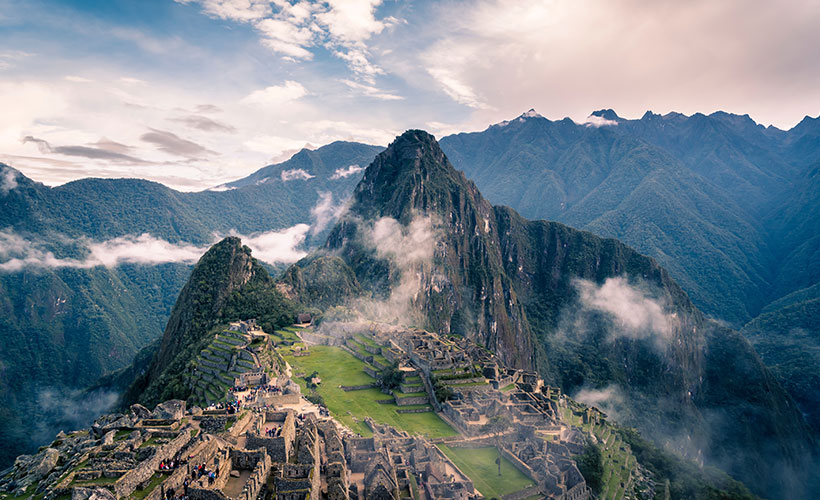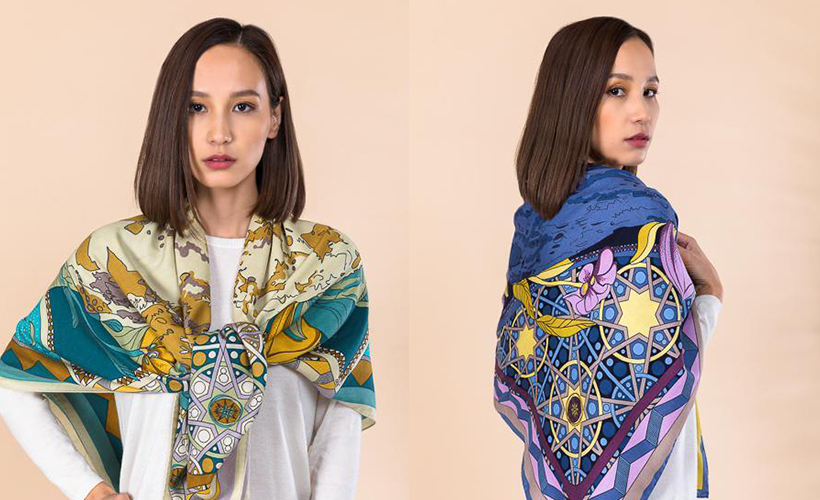
Ahhh, cashmere. The fabric that feels like clouds lightly caressing your skin as you brave the winter cold. Cashmere provides up to eight times more warmth than wool. Combine this with its super soft texture and you have the qualities of a luxury item coveted by many.
Mongolian cashmere
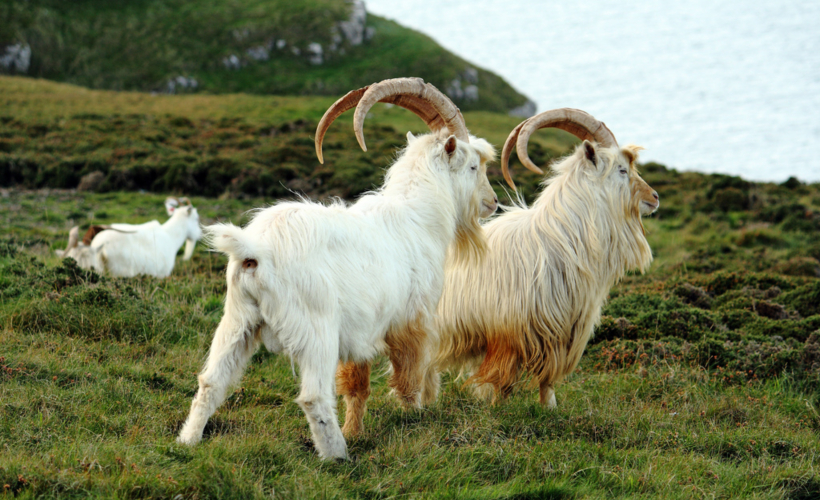
A landlocked country in East Asia, Mongolia is the second largest exporter of cashmere in the world after China. Mongolian cashmere herders produce roughly 3,000 tonnes of raw cashmere per year, while China produces around 12,000 tonnes annually. It’s still the opinion of many, however, that Mongolian cashmere is the best in the world, and that clothing made from Mongolian cashmere is the ultimate luxury item.
This plush cashmere comes from Kashmir goats that live in the grasslands and the Gobi Desert of Mongolia. The weather fluctuates drastically from season to season in these areas and gets especially cold during the winter, so the goats have adapted to their harsh environment by developing a double fleece. They have a guard layer that protects the undercoat from getting wet, and of course, a soft undercoat made from super fine, long hairs. It’s this undercoat that is spun into cashmere and eventually turned into garments.
The difference between wool and cashmere is that while sheep are shaved to get wool, Kashmir goats are hand-combed to obtain the fibres from those soft undercoats. Some herders still uphold a 2000-year-old nomadic herding tradition in order to get the very best fibres. It takes about four adult goats to produce enough cashmere to make one sweater.
Once the fibres have been collected, they’re sorted by quality, depending on their thickness, length, and colour. Longer fibres produce the softest garments. Next, the fibres are dyed and spun into yarn, which is then used to make the gorgeous products we treasure.
Who are the herders?
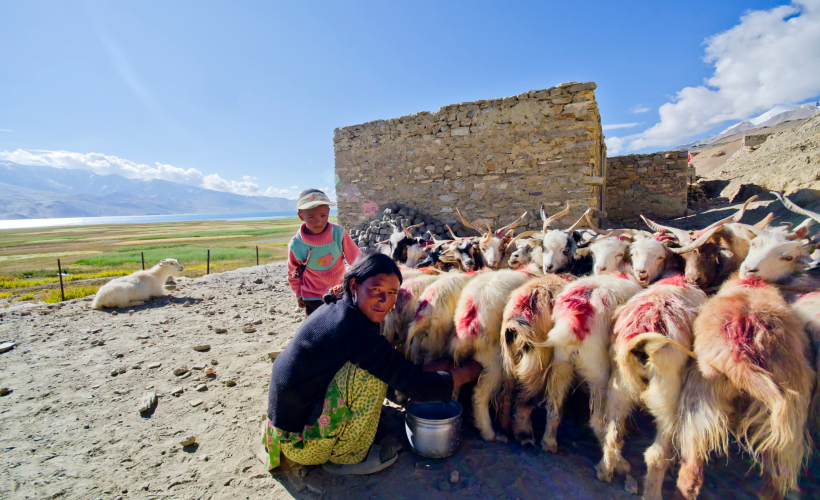
As per USAID, around a third of all Mongolians herd Kashmir goats to supplement their income. The average herder has around 100 goats, while a wealthy herder can have up to 400.
Wealthy herders are able to purchase pick-up trucks, motorcycles, Buddhist paintings, and satellite dishes with their income from selling cashmere. Most of an ‘average’ herder’s income is used to build barns, dig wells, and purchase grains, grass, or hay, with whatever’s left used to support their families.
The average family with a few dozen goats who sell their cashmere yarn to middlemen earn as little as USD600 a year. This is why purchasing sustainably sourced cashmere is so important.
The best cashmere
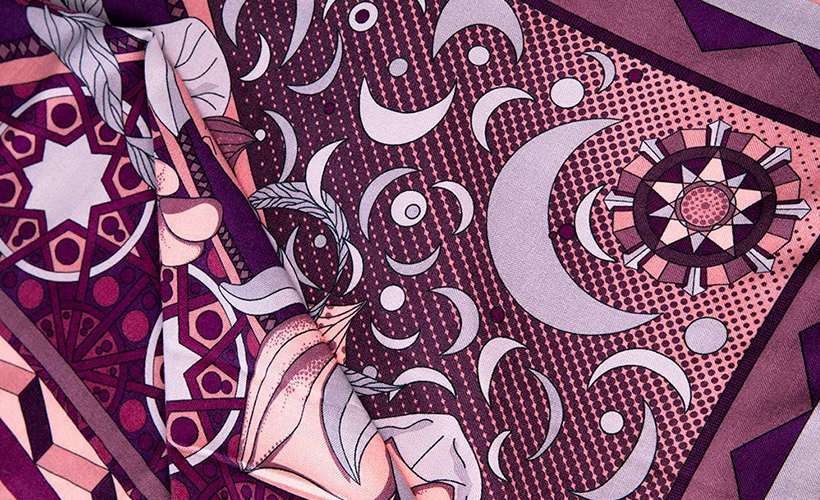
Cashmere fibres are hollow, making them super light, while still providing a lot of warmth. Because it’s hollow, cashmere is easy to blend with other materials like silk, making the final product even lighter and softer.
When purchasing a cashmere product, look for items made from longer, two-ply (where two threads of yarn are twisted together) fibres. They will last longer and create less piling. Thinner fibres from goats herded in inner Mongolia make the softest items, while a tighter knit is desired as it effects both how the piece looks and feels.
Where to buy cashmere in Ulaanbaatar
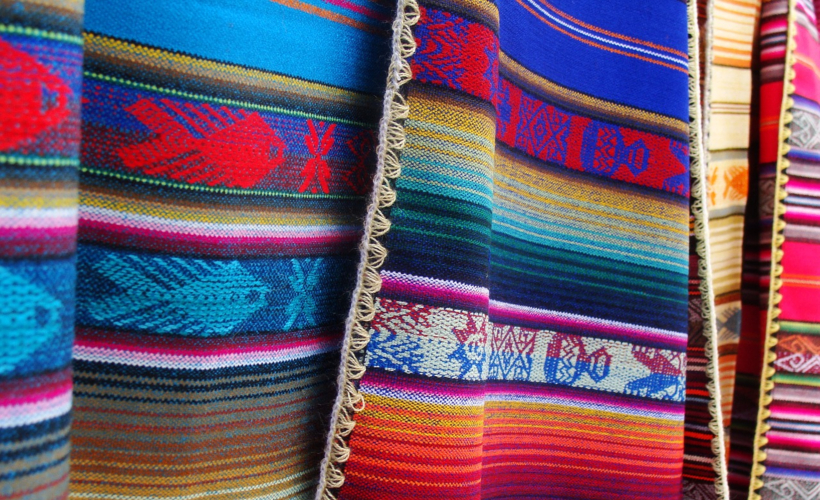
There are three main producers of cashmere in Mongolia. The largest producer is Gobi Mongolian Cashmere. Their Organic Cashmere shop offers uncoloured items while the main Gobi shop offers a variety of styles and colours. This shop also hosts a mini fashion show every day. Gobi also has a factory shop where you’re sure to find a bargain or two.
Other retail options include Goyo Cashmere that aims to ‘Beautify the world with Mongolian Cashmere’. Meanwhile, Altai Cashmere is the first producer in Mongolia to have received their ISO certificates.
The Kahn-Uul district is where you’ll find any cashmere item you desire. All three of Gobi’s stores are in this area, as well as Goyo’s factory shop and Altai. Goyo also has retail shops near the National Library, in the Shanri-La Mall, and the Ulaanbaatar Department Store.
As the demand for cashmere increases, herders are increasing the size of their flock. Instead of culling most of the young male and older goats by selling them for meat or feeding their own families, these goats are left to live longer in order to increase the herd size, and thus the amount of cashmere that can be produced each year. The male and older goats have thicker fibres than female and younger goats.
By keeping the males and older goats, the quality of raw cashmere produced in Mongolia is gradually decreasing. So be sure to purchase your cashmere products from companies that support sustainable practices and pay their herders fairly. It’s a small price to pay to ethically support the cashmere trade in Mongolia.
